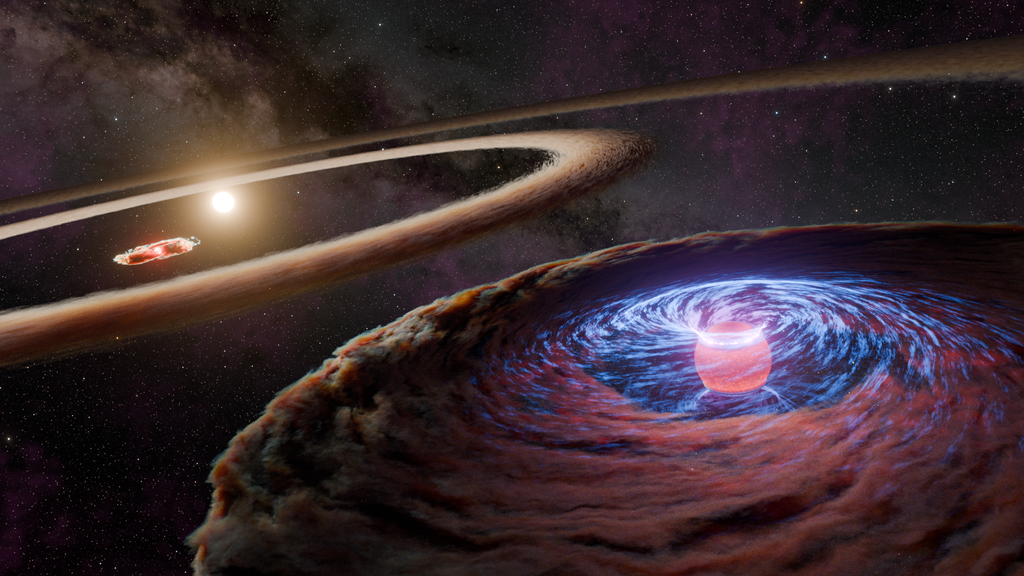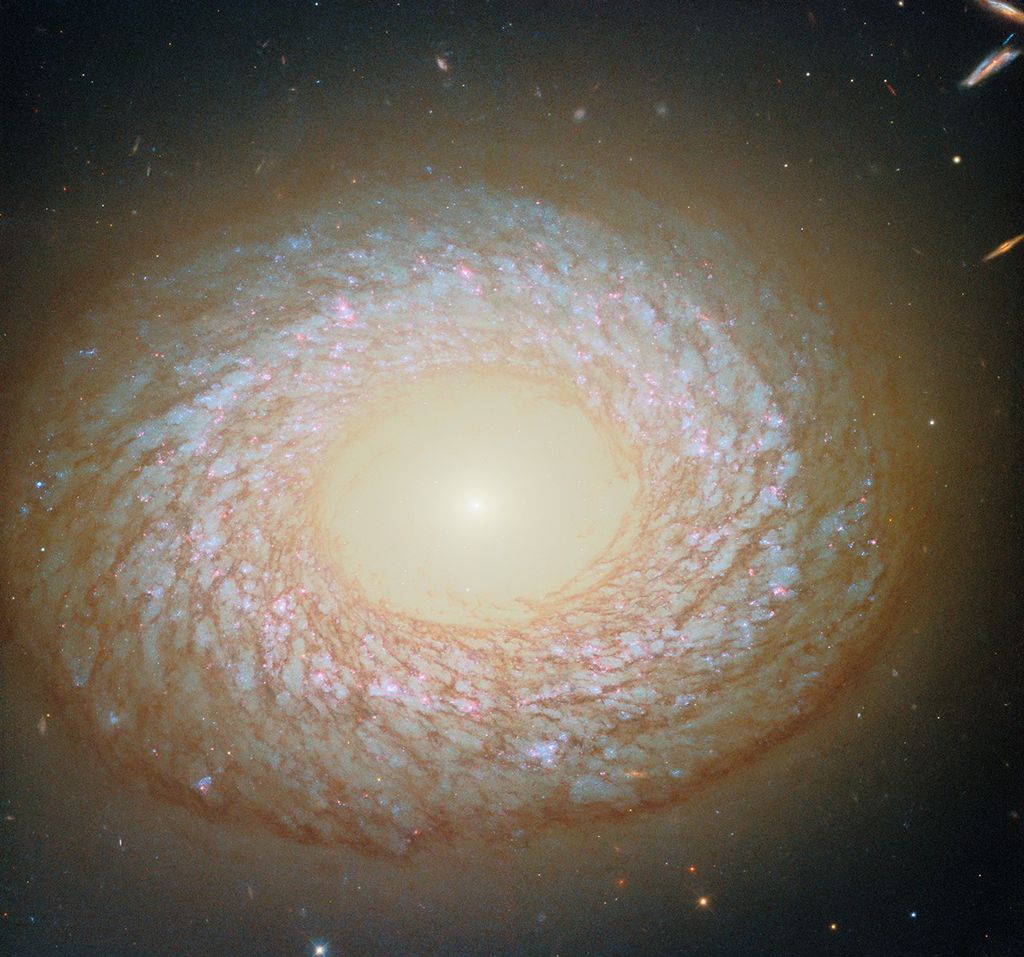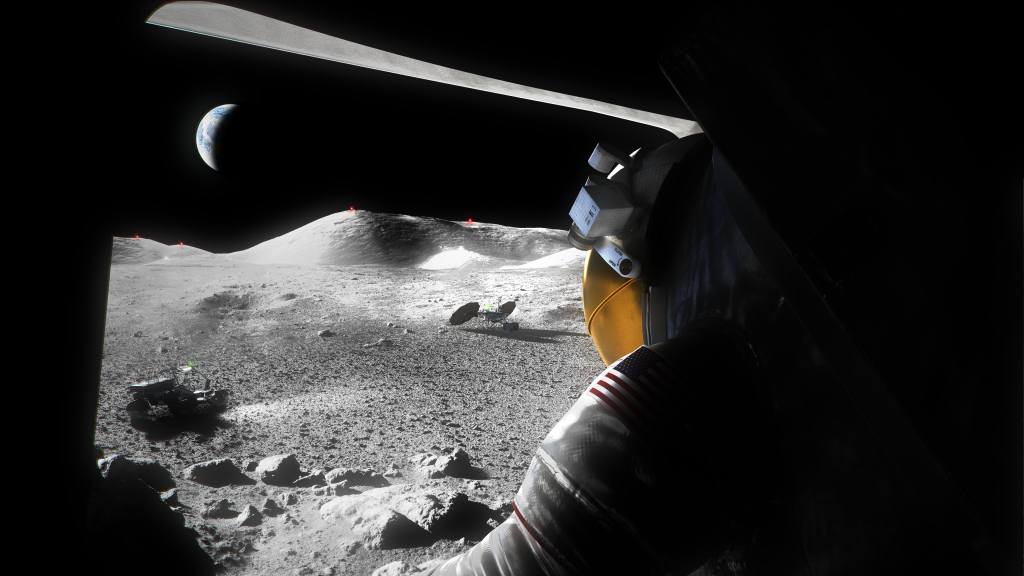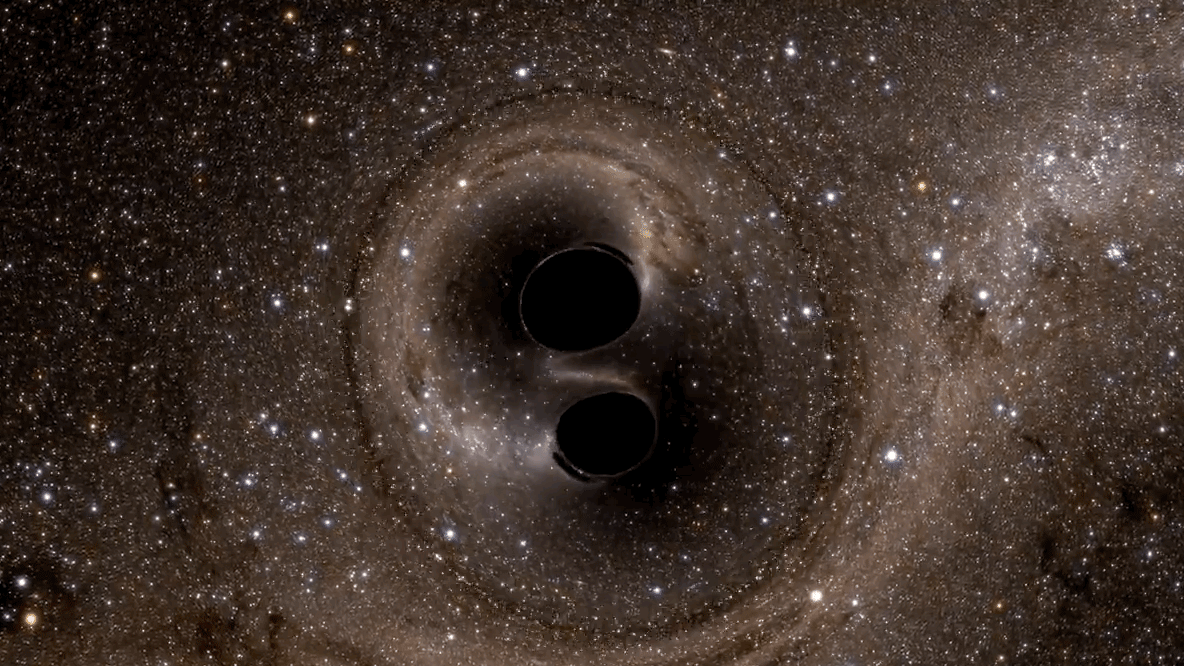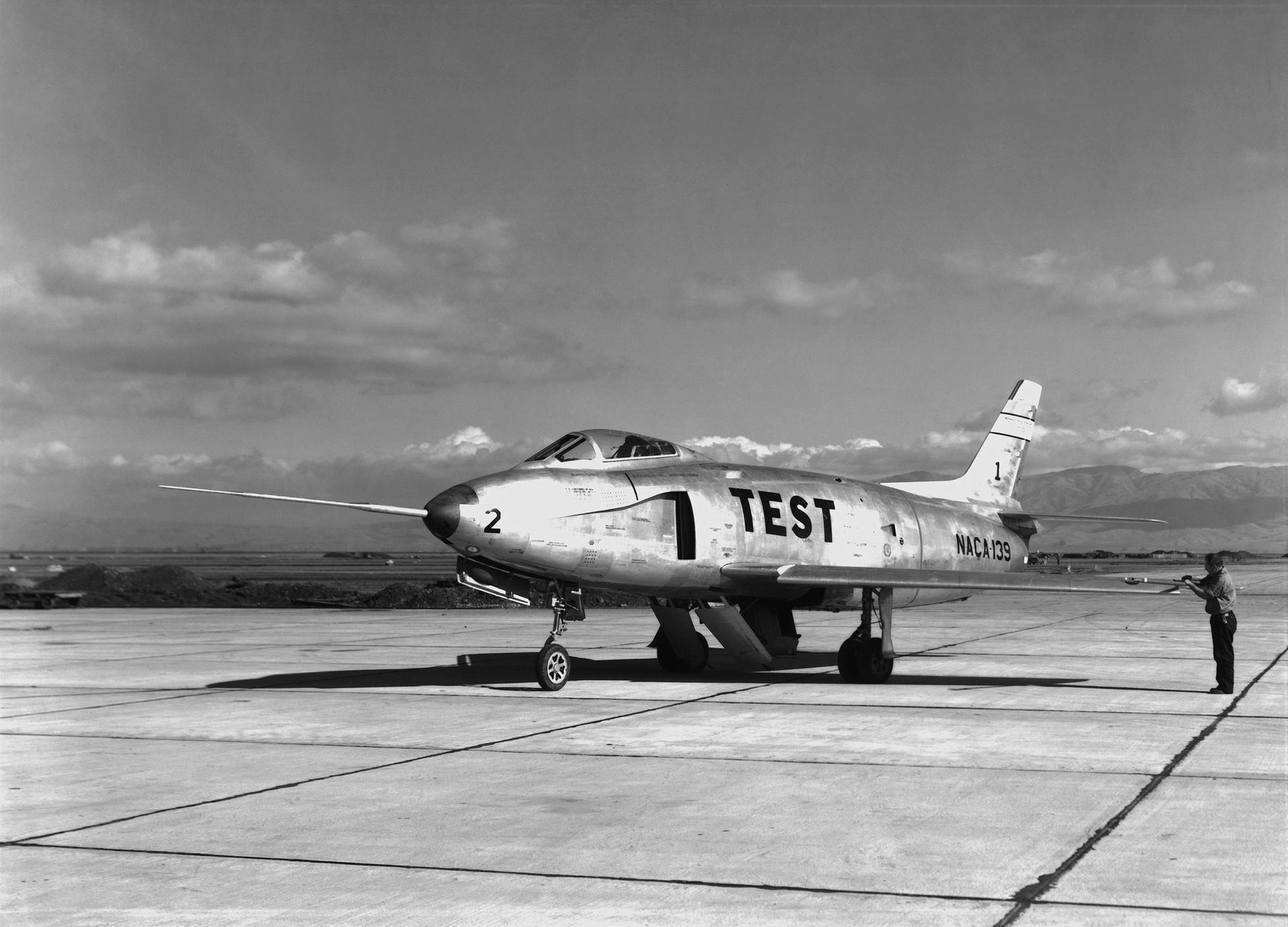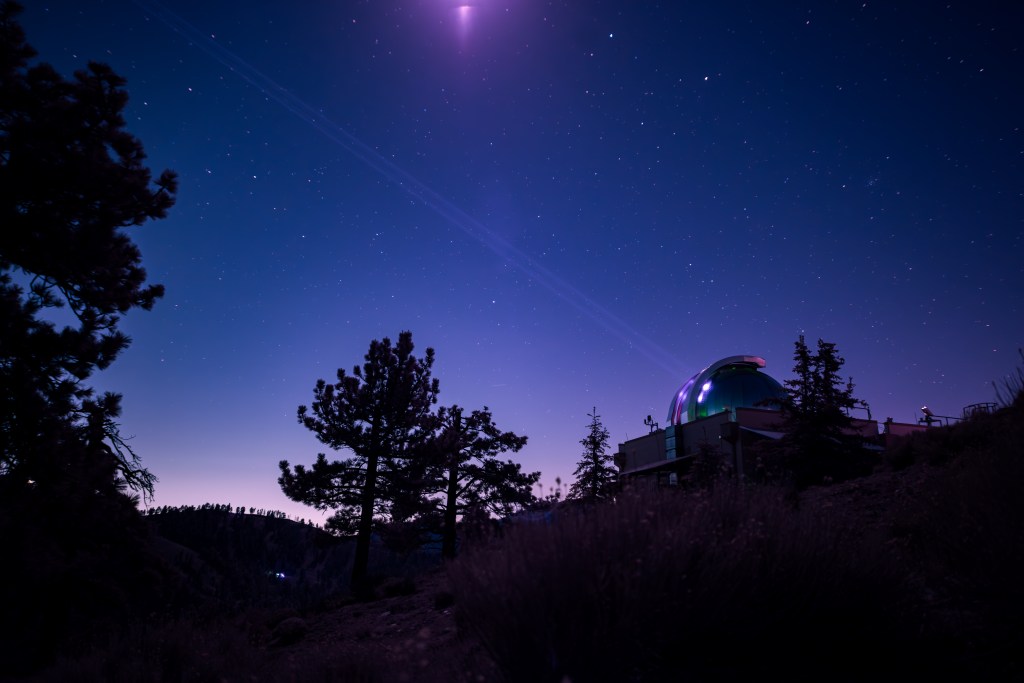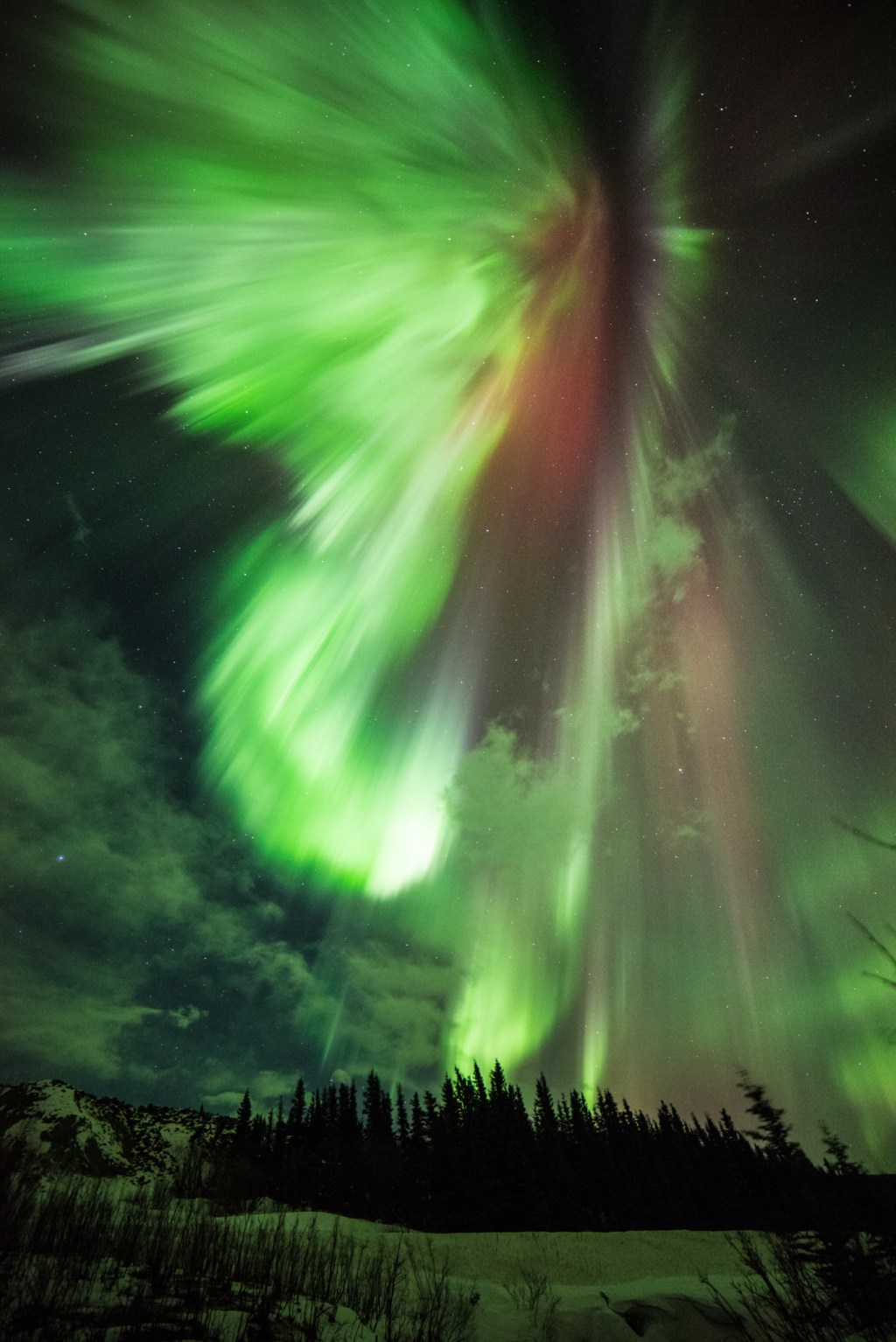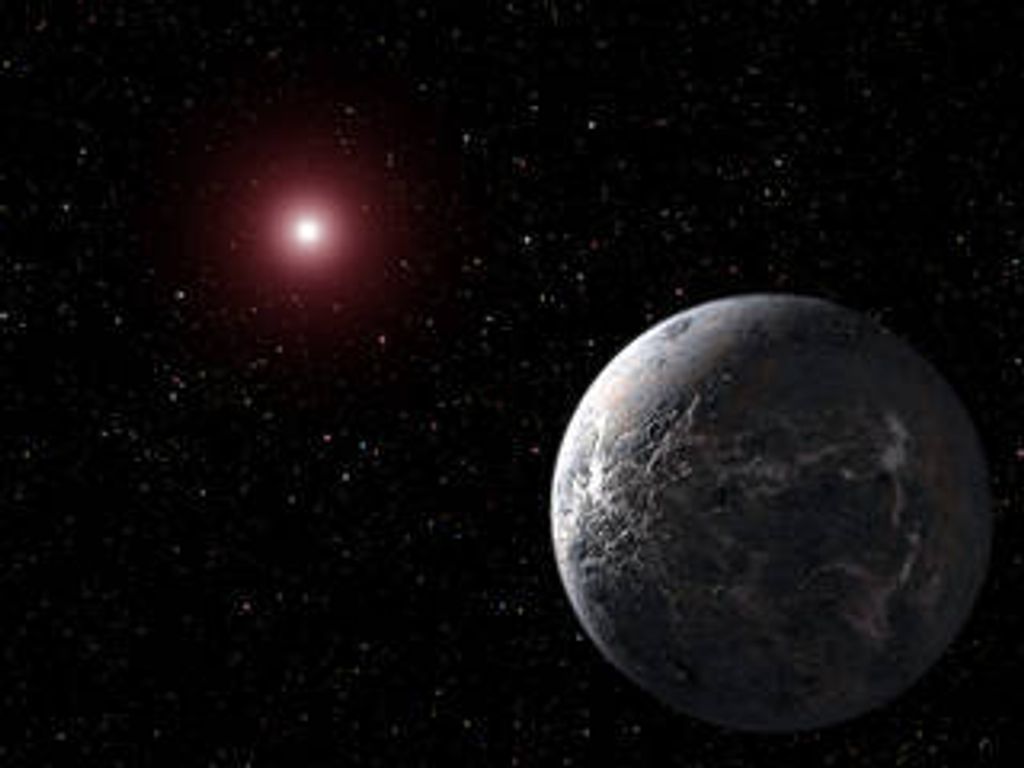1 min read
Comet ISON

This July 4th the solar system is showing off some fireworks of its own.
Superficially resembling a skyrocket, Comet ISON is hurtling toward the Sun at a whopping 48,000 miles per hour.
Its swift motion is captured in this time-lapse movie made from a sequence of pictures taken May 8, 2013, by NASA's Hubble Space Telescope. At the time the images were taken, the comet was 403 million miles from Earth, between the orbits of Mars and Jupiter.
The movie shows a sequence of Hubble observations taken over a 43-minute span, compressed into just five seconds. The comet travels 34,000 miles in this brief video, or 7 percent of the distance between Earth and the Moon. The deep-space visitor streaks silently against the background stars.
Unlike a firework, the comet is not combusting, but in fact is pretty cold. Its skyrocket-looking tail is really a streamer of gas and dust bleeding off the icy nucleus, which is surrounded by a bright, star-like-looking coma. The pressure of the solar wind sweeps the material into a tail, like a breeze blowing a windsock.
As the comet warms while it moves closer to the Sun, its rate of sublimation will increase. The comet will get brighter and the tail will grow longer. The comet is predicted to reach naked-eye visibility in November.
The comet is named after the organization that discovered it, the Russia-based International Scientific Optical Network.
This false-color, visible-light image was taken with Hubble's Wide Field Camera 3.
About the Object
- DistanceDistanceThe physical distance from Earth to the astronomical object. Distances within our solar system are usually measured in Astronomical Units (AU). Distances between stars are usually measured in light-years. Interstellar distances can also be measured in parsecs.At the time of the Hubble observations on May 8, 2013, the comet was 3.8 astronomical units (354 million miles) from the Sun. The comet was 4.3 astronomical units (403 million miles) from Earth.
About the Data
- Data DescriptionData DescriptionProposal: A description of the observations, their scientific justification, and the links to the data available in the science archive.
Science Team: The astronomers who planned the observations and analyzed the data. "PI" refers to the Principal Investigator.The image was created from Hubble data from proposal 13229 by the Hubble Heritage Team, PI: Z. Levay, M. Mutchler, C. Christian, L. Frattare, W. Januszewski, M. Livio, J. Mack, and J. Sokol (STScI/AURA), and K. Noll (NASA/GSFC). High-level science products for these data are available from the MAST archive. - InstrumentInstrumentThe science instrument used to produce the data.HST>WFC3/UVIS
- Exposure DatesExposure DatesThe date(s) that the telescope made its observations and the total exposure time.May 8, 2013
- FiltersFiltersThe camera filters that were used in the science observations.F350LP (long pass)
- Object NameObject NameA name or catalog number that astronomers use to identify an astronomical object.Comet ISON
- Object DescriptionObject DescriptionThe type of astronomical object.Comet
- Release DateJuly 2, 2013
- Science ReleaseComet ISON Brings Holiday Fireworks
- Credit

This image was originally black and white and recorded only overall brightness. These brightness values were translated into a range of bluish hues. Such color "maps" can be useful in helping to distinguish subtly varying brightness in an image.

Related Images & Videos
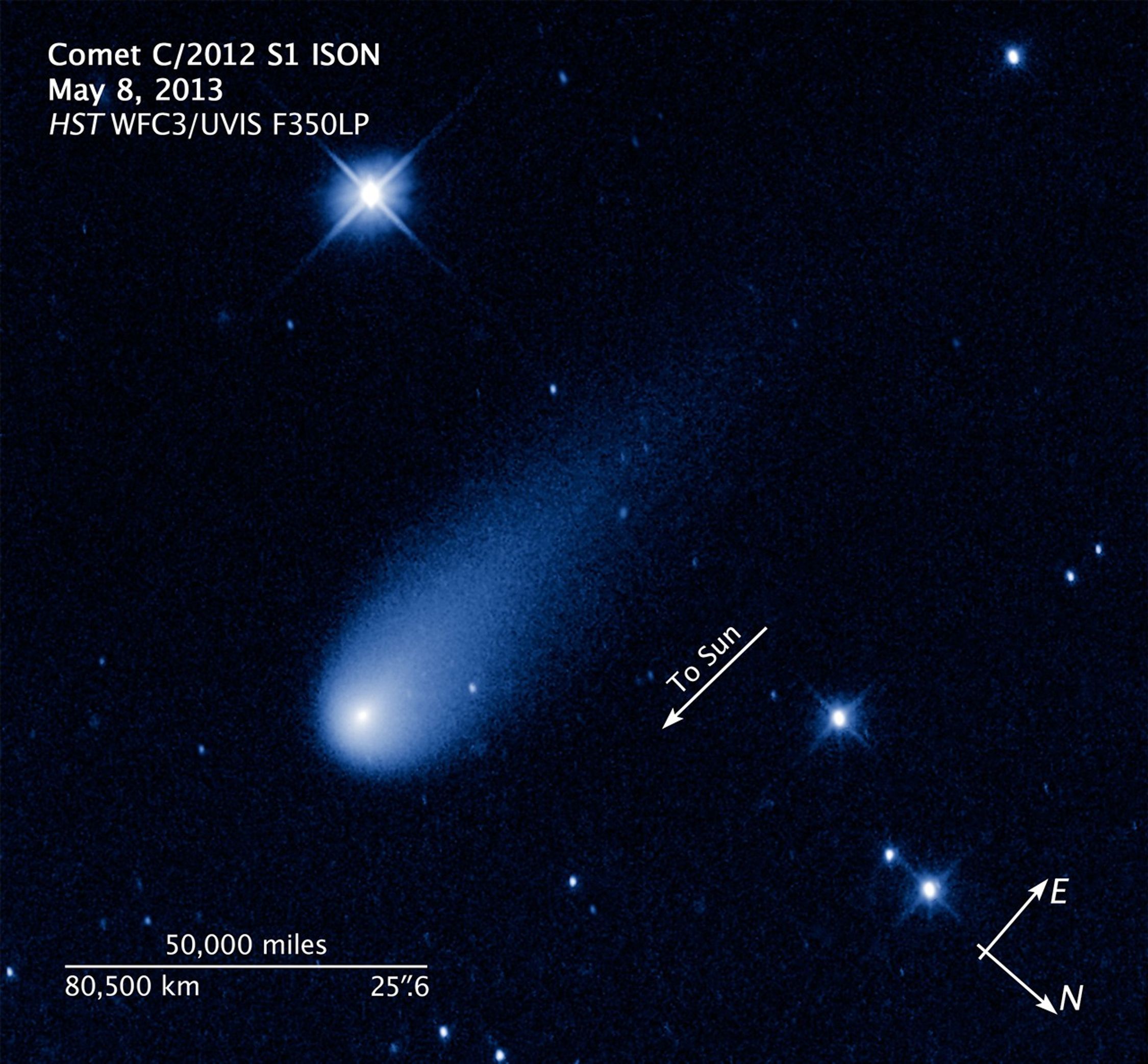
Compass and Scale Image for Comet ISON
Image of Comet ISON, with compass arrows, scale bar, and color key for reference. The north and east compass arrows show the orientation of the image on the sky. Note that the relationship between north and east on the sky (as seen from below) is flipped relative to direction...

Time-Lapse Sequence of Comet ISON – May 8, 2013
This July 4th the solar system is showing off some fireworks of its own. Superficially resembling a skyrocket, Comet ISON is hurtling toward the Sun at a whopping 48,000 miles per hour. Its swift motion is captured in this time-lapse movie made from a sequence of pictures taken...
Share
Details
Claire Andreoli
NASA’s Goddard Space Flight Center
Greenbelt, Maryland
claire.andreoli@nasa.gov

